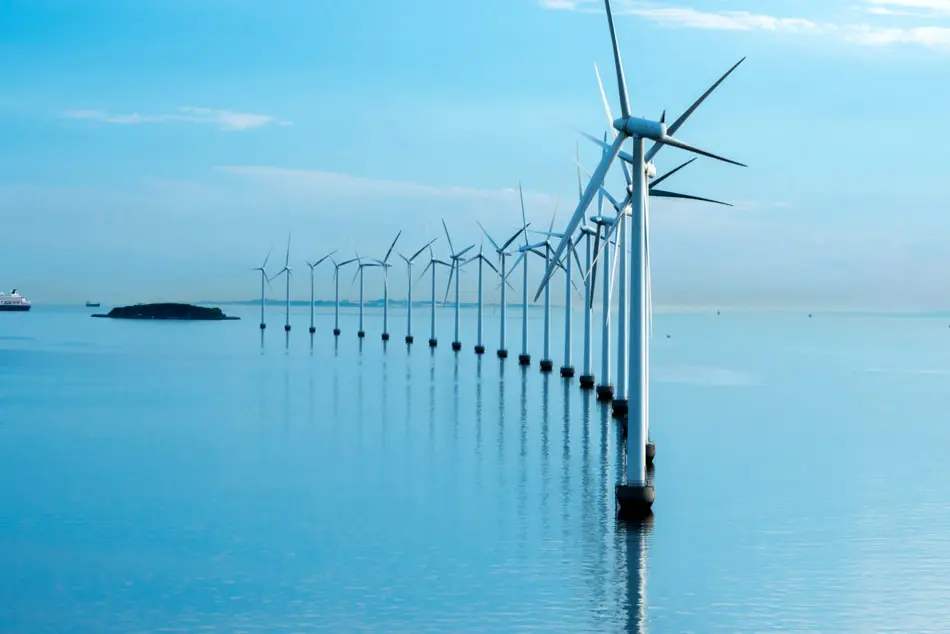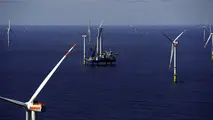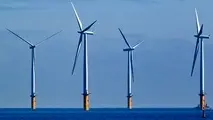Asia set to lead the wind energy market
A newly-launched report states that Asia has the potential to become a global leader in wind, holding more than 50% of all onshore and over 60% of all offshore wind capacity, as it could increase its share of installed capacity for onshore wind from 230 Gigawatt (GW) in 2018 to over 2600 GW by 2050.

A newly-launched report states that Asia has the potential to become a global leader in wind, holding more than 50% of all onshore and over 60% of all offshore wind capacity, as it could increase its share of installed capacity for onshore wind from 230 Gigawatt (GW) in 2018 to over 2600 GW by 2050.
The International Renewable Energy Agency (IRENA) published its "Future of Wind" report, according to which global wind could increase ten-fold reaching over 6000 GW by 2050. In addition, by mid-century, wind is possible to cover the one third of global power needs, in combination with electrification and play crucial role in reducing emissions, increasing the potential of achieving the Paris climate targets; Yet, in order for this goal to be accomplished, onshore and offshore wind capacity will need to increase four-fold and ten-fold respectively every year compared to today.

Announcing the launch of the report in China Wind Power in Beijing, IRENA’s Director-General Francesco La Camera commented
"With renewables, it’s possible to achieve a climate-safe future. Our roadmap for a global energy transformation to 2050 shows that it is technically and economically feasible to ensure a climate-safe, sustainable energy future. Unlocking global wind energy potential will be particularly important."
He added that wind energy could be the largest single source of power generation by mid-century, something that would boost the economy and create more jobs, leading towards a more sustainable environment.

Asia would account for more than 50% of global onshore wind power installations by 2050, followed by North America (23%) and Europe (10%). For offshore, Asia would cover more than 60% of global installations, followed by Europe (22%) and North America (16%).
The reports statistical highlights include:
- Asia: China would take the lead with 2,525GW of installed onshore and offshore wind capacity by 2050, followed by India (443GW), Republic of Korea (78GW) and South-East Asia (16GW).
- Globally: the levelized cost of electricity (LCOE) for onshore wind will continue to fall to 2-3 cents USD/kWh by 2050 compared to six cents USD/kWh in 2018. Costs of offshore wind will drop significantly to 3-7 cents USD/kWh by 2050 compared to 13 cents USD/kWh in 2018.
- Wind turbine size for onshore applications will increase, from an average of 2.6MW in 2018 to 4-5MW for turbines commissioned by 2025. Offshore applications will likely increase to 15-20MW in a decade or two. Floating wind farms could cover around 5-15 percent of the global offshore wind installed capacity (almost 1,000GW) by 2050.
Recently, in light of future wind project developments, Japan designated eleven potential areas, ideal for the construction of wind farms. Whereas, Taiwan



